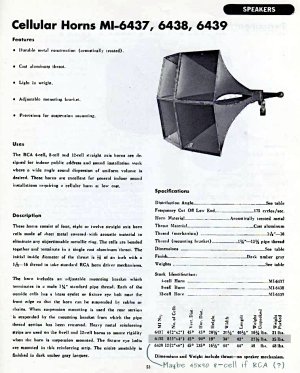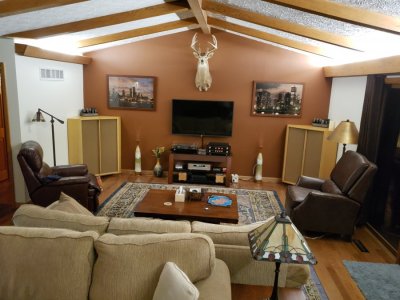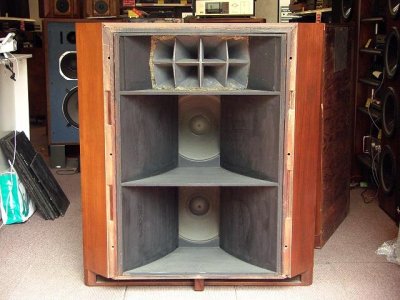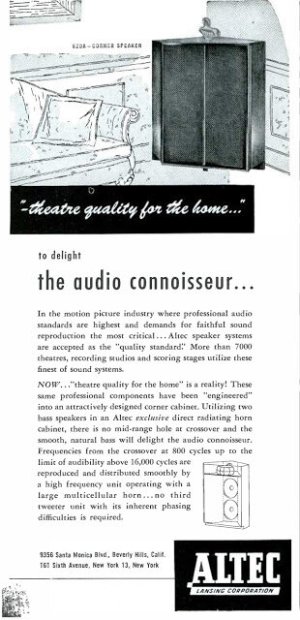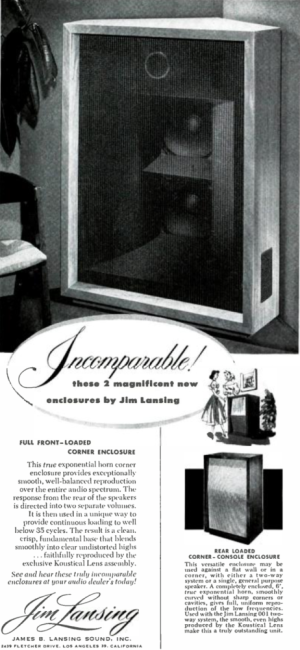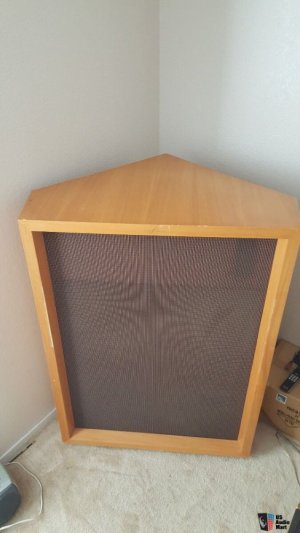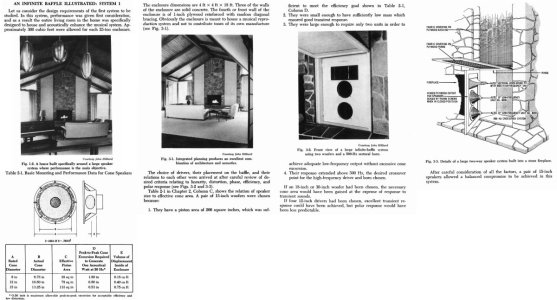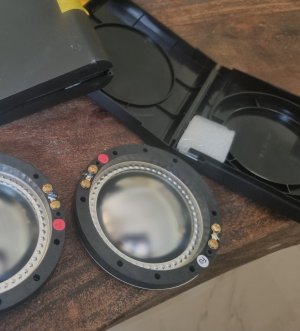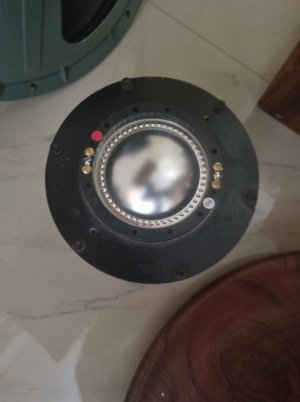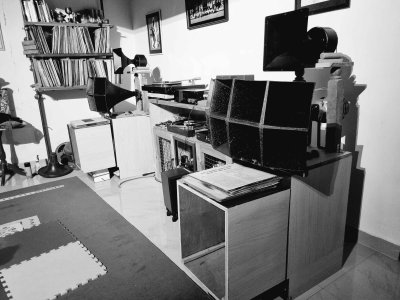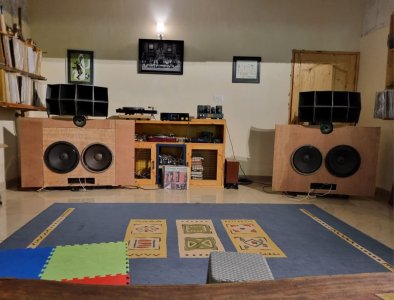adityapm
Member
The RCA MI95854 will sound balanced as long as the lower 3db tunning of the (bass) enclosure stays above 62 Hz. One will not miss anything. For a 12KHz top-end, the bottom end has to be at 40 Hz to make the sound sound normal/balanced. For a 15KHz top-end the bottom has to be at 33 Hz. Unless this is maintained, it will sound either thin-ish (bass lacking) or dull (HF lacking). Phenolic diaphragms are very good in the lower-mid area. After all they are closer to paper. Aluminum is closer to phenolics than titanium, and titanium is closer to aluminum. Cascading the drivers in this way gives the best transition from one stage to the other. As long as the music does not have anything below 70/80 Hz the RCA MI95854 will sound ok. Say The Beatles, they don't have anything below 100 Hz. Their recordings while mastering used to pass through a Hi-Pass filter wiping everything below 100Hz.Thanks for such a detailed write up Aditya. Wealth of info there. Let me wrap my head around it slowly.
With regards to RCA MI 9584, Victor of Japan branded equivalent is what I have. It's bloody fantastic. Never a harsh note and its like honey. Very easy on the ears. But as pointed out it must be used with a tweeter up top as it goes upto 8000hz (movie soundtracks at the time only went that high up). Most small jazz trio music, vocal focused music and the like, sounds great 2 way. The phenolic diaphragms used are very rounded and just beautiful sounding. I would like to retain them for that.
My 288c have an aftermarket titanium diaphragm which is very detailed can sound a tad sharp and fatiguing at higher volumes only. I must change it to an aluminium diaphragm soon. But my observation within this brief period of using them is that the 288c even with the titanium diaphragm are very exciting and have a large sound. Very enjoyable. The scale of them and the large sound the 288s throw is very nice.
GPA wrote and said 288 diaphragms will be available on their website in January but it hasn't happened. They have the smaller format diaphragms listed on their website.
Now coming to the cabinet. It is narrowed down to an 815 and a concept A9 in my use case.
I am leaning more towards the A9 but would like to reduce the height to 4ft like you have mentioned can be done. But so will other allied measurements i am guessing.
I have a 2ft x1 ft concrete beam hanging down from the ceiling just about 3 to 4 ft away from where my speakers are placed. You think suspect qts and out of spec issues with my drivers will be better overlooked by a sealed A9 cabinet? Plus it helps that they are easier to build.
Another question that comes to my mind is should I worry about internal bracing or partitions etc or just build a bigger box as per the A9 concept spec?
About GPA, nothing is working. Nobody is there now. They are replying like this to everybody as if to keep things afloat. Nearly 250 diaphragm orders (US local) are waiting since past 11 months.
The box construction has to be very rigid with lots of bracing of course. But these are a lot simpler than building a horn enclosure. Once finalized, I will give you the plans to do it. It will be quite heavy.
The parameter deviations will not be an issue here, as it will be a larger than required size, and we will fill it up by manipulating the parameters. Of course we will lose cone excursion for full wattage drive. But that will be a welcome feature also, meaning the system will also become more sensitive. I am using such an enclosure since 2016 November. It is like a big studio monitor sound. I never use tone controls. What ever the studio (where the programme was scored) has done, I listen to that. I have never needed tone controls. The studios use much costlier equipment.
The concrete beam issue may or may not affect. We will see to it later.
Bye


